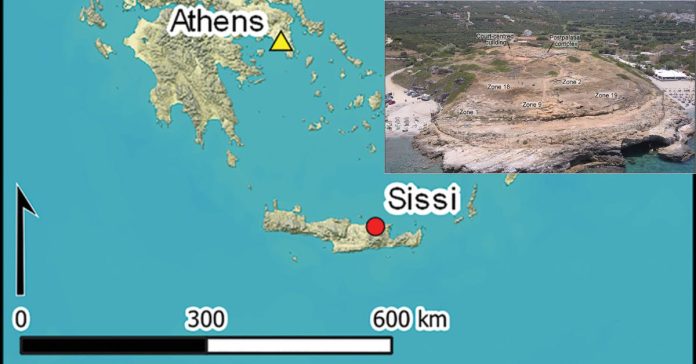Recent excavations at the Bronze Age cemetery of Sissi in northeastern Crete revealed a striking ritual practice. Researchers found intentional dismantling of collective tombs, large-scale feasting, and ceremonial sealing of the site around 1700 BCE. Published in Antiquity, this discovery challenges earlier ideas about the abandonment of Minoan burial traditions. Instead, it shows a performative act of ritual closure. The deliberate “killing” of tombs, set against a backdrop of sociopolitical upheaval, highlights how communities shifted from kin-based systems to centralized power during Crete’s Middle Bronze Age (c. 1900–1600 BCE).
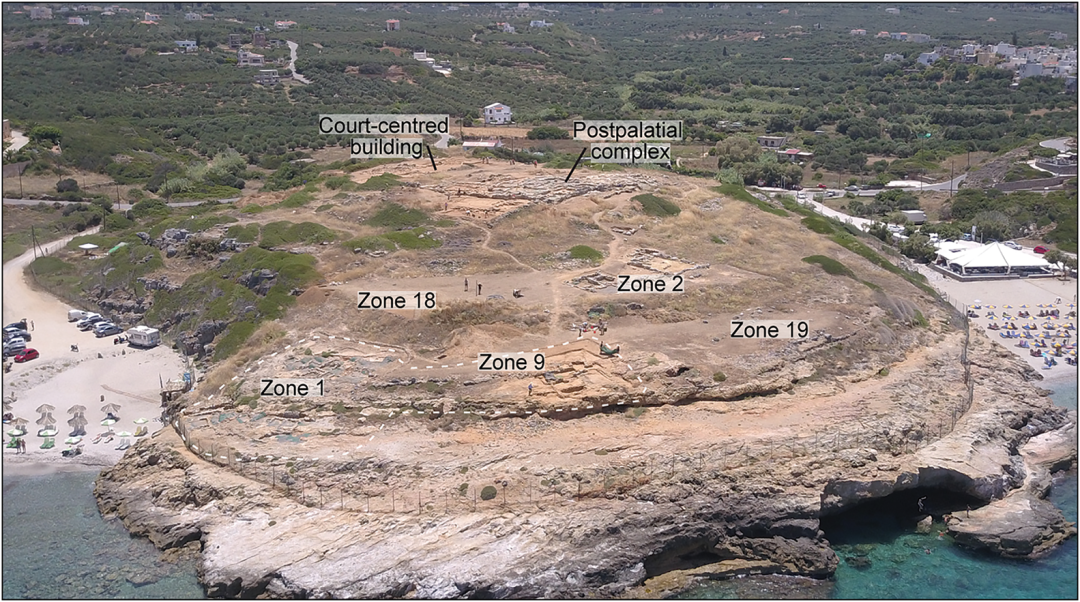
The Final Feast: Ritual Termination at Sissi
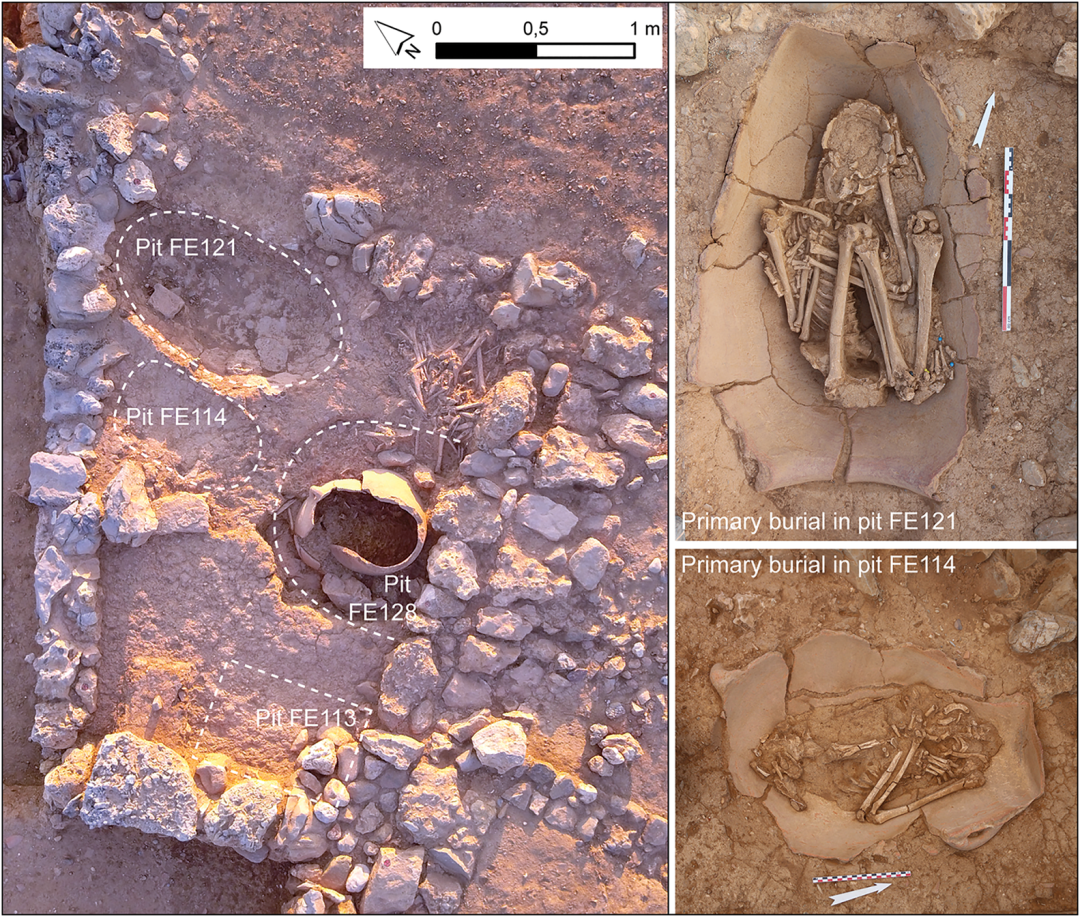
The Sissi cemetery’s Zone 9 provides a microcosm of this transformative ritual. Archaeological evidence reveals a meticulously staged sequence:
- Final Burials: The last interments included primary inhumations in pits and ceramic containers (pithoi), some with partially disturbed remains, suggesting post-decomposition manipulation.
- Tomb Dismantling: Walls of the communal tombs were systematically deconstructed, with human bones intentionally fragmented and leveled—a symbolic erasure of ancestral ties.
- Communal Feasting: A deposit spanning 40 m² contained over 13,000 pottery sherds, primarily MM IIB drinking vessels (c. 1700 BCE), including carinated cups, cooking plates, and tripod pots. This assemblage, representing a single depositional event, points to a feast involving hundreds of participants.
- Ritual Sealing: The site was capped with a homogenous layer of soil and stones, sealing the tombs and feasting debris. Notably, later LM III burials respected this sealed zone, implying enduring cultural memory of its sacred status.
Ritual Termination and Sociopolitical Shifts
The Sissi ritual coincides with the emergence of palatial centers like Knossos, signaling a shift from decentralized kinship networks to centralized authority. Collective tombs, once hubs for reinforcing familial and communal bonds, became incongruent with new sociopolitical realities. By ritually “killing” these spaces, the Sissi community transformed them into mnemonics of collective identity, simultaneously marking discontinuity and preserving memory. As lead archaeologist Jan Driessen notes, “This was not erasure, but recontextualization—a way to anchor change within tradition.”
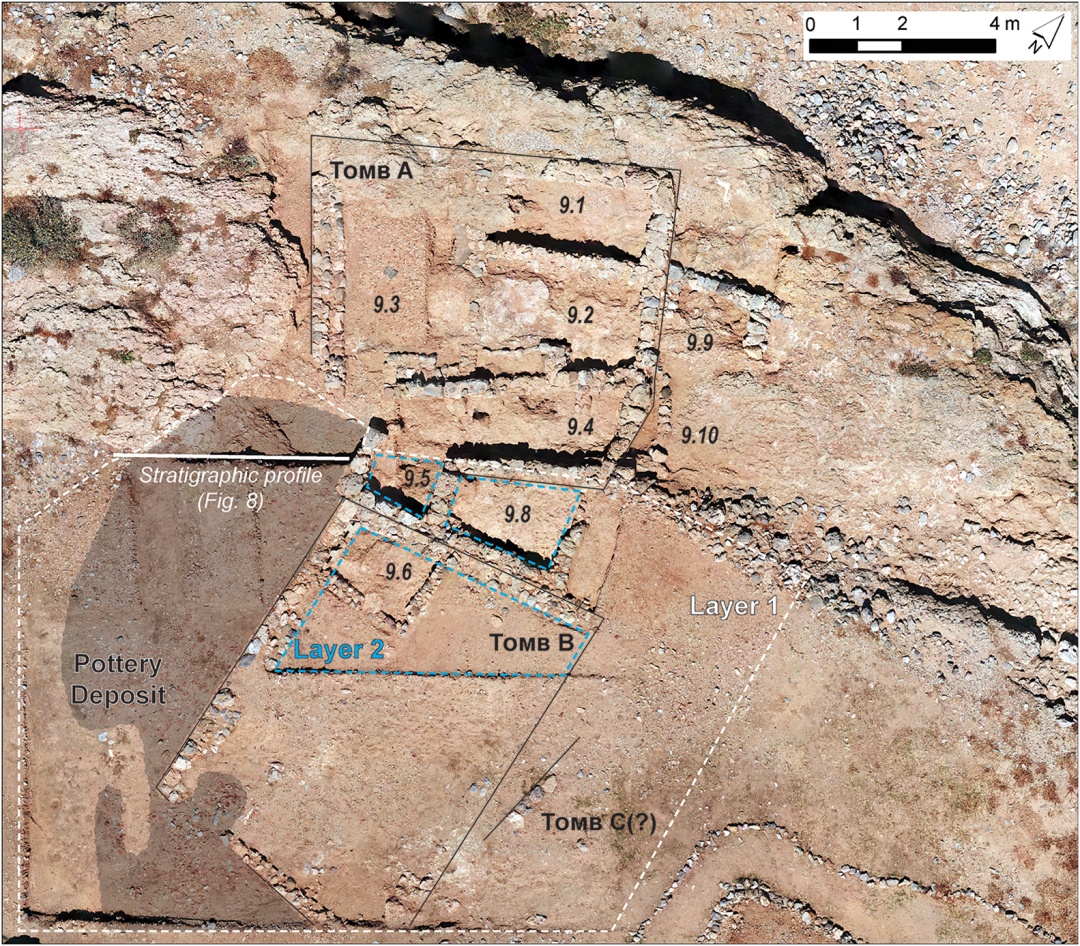
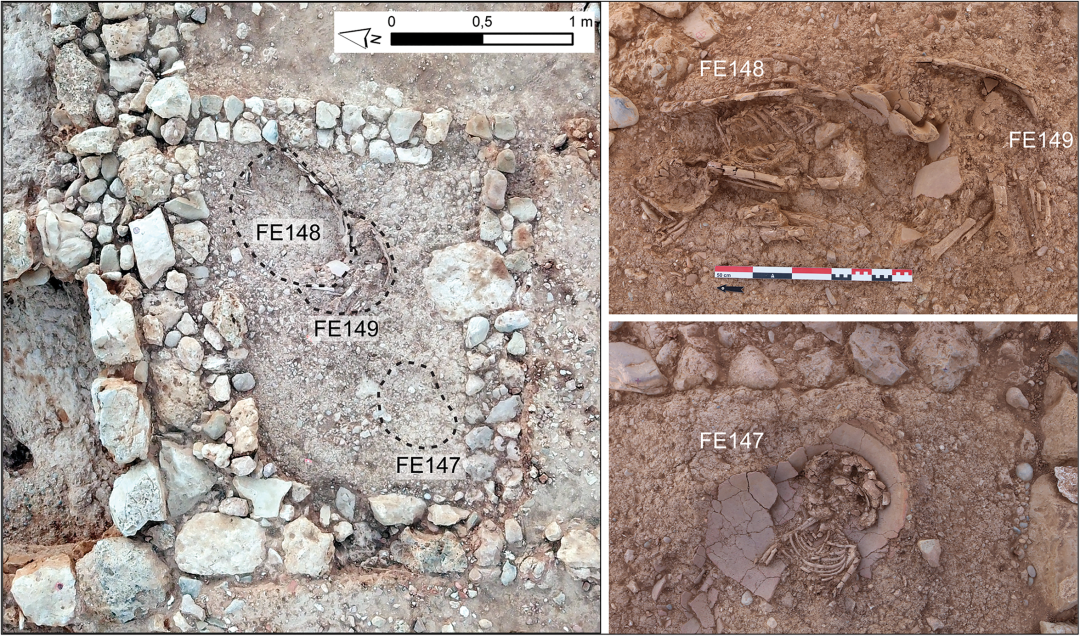
Comparative Evidence: Ritual Closure Across Minoan Crete
Similar practices are documented at other sites, though with regional variations:
- Moni Odigitria (South-Central Crete): Tholos B was emptied in MM IB, with bones relocated to a pit and 100+ ceremonial cups scattered at its entrance.
- Kephala Petras (East Crete): EM III tombs were filled with stones in acts termed “symbolic killing,” clearing space for renewed social narratives.
- Aghios Charalambos (Lasithi Plateau): MM IIB relocation of 1,000+ individuals’ remains into a cave ossuary suggests large-scale ancestral reconstitution.
Conversely, many tombs, such as Kamilari and Apesokari, experienced gradual abandonment, indicating diverse community responses to sociopolitical pressures.
Methodological Advances: Precision in Uncovering Ritual
The Sissi discoveries highlight the role of modern techniques in reconstructing ritual sequences. Stratigraphic analysis, osteological studies, and ceramic seriation enabled precise phasing of the termination event, from final burials to feasting and sealing. Earlier excavations, often hurriedly published, lacked such resolution, obscuring similar rituals elsewhere. As co-author Sylvian Déderix emphasizes, “Only through meticulous documentation can we distinguish ritual acts from taphonomic noise.”
Conclusion: Minoan Diversity and Adaptive Rituals
The Sissi findings reinforce the heterogeneity of Minoan cultural practices. While some communities clung to ancestral tombs, others, like Sissi, ceremonially closed them, using ritual to mediate change. These acts were not about the dead alone but served the living—forging unity amid uncertainty and redefining collective identity. As Crete’s palatial systems expanded, such rituals became tools for navigating discontinuity, transforming tombs into monuments of memory.
Significance
This study redefines the abandonment of Minoan tombs as an active, symbolic process rather than passive decline. By integrating ritual studies with sociopolitical narratives, it illuminates how communities negotiate power shifts through material practices. Future research, leveraging advanced methodologies, promises further insights into the dynamic interplay of tradition and innovation in Bronze Age Crete.
References
Ritual Commensality and Palatial Power at Sissi
The 2021 study Revisiting the Minoan palaces: ritual commensality at Sissi (Antiquity) explores communal feasting at Sissi’s Neopalatial complex. It argues that ritual gatherings replaced earlier mortuary practices, shifting from kinship-based rituals to centralized authority. The incorporation of earlier ruins highlights the anchoring of new sociopolitical orders in ancestral traditions.
Tholos Tombs and Aegean Funerary Architecture
Tholos Tombs of the Aegean (Antiquity) offers a comparative analysis of circular tombs in Crete and mainland Greece. It shows that the decline of tholoi in Middle Bronze Age Crete coincided with the rise of Mycenaean beehive tombs. This shift suggests that changes in burial practices reflect broader political transformations.
Chronological Revisions in the Syro-Anatolian Frontier
A 2023 study in Antiquity uses radiocarbon dating from Zincirli (Türkiye) to refine Middle Bronze Age chronologies. The destruction layers at Zincirli align with Ḫattusili I’s campaigns in the Northern Levant. These events mirror sociopolitical upheavals in Crete and point to wider destabilization of kinship systems.
Thera Eruption and Aegean Chronology
New evidence for an early date for the Aegean Late Bronze Age and Thera eruption (Antiquity) revises the Thera eruption timeline to c. 1650–1620 BC. Although it does not directly study Crete, the research affects debates about the broader Aegean chronology. These discussions intersect with shifts in burial and the rise of palatial systems.
Early Bronze Age Funerary Practices
The chapter Beyond the General and the Particular: Rethinking Death, Memory and Belonging in Early Bronze Age Crete (Cambridge Prehistory) critiques traditional views of communal tombs. It highlights the diversity of Early Bronze Age funerary practices and their role in shaping social memory.
Reassessing Secondary Burials in Minoan Crete
A 2021 ScienceDirect article challenges interpretations of secondary burials in Prepalatial Crete. It argues that many commingled bones result from practical tomb maintenance, not ritualized practices. This finding aligns with evidence from Sissi, where tomb closure appears deliberate rather than continuous.

